Preparing for Windows Server 2012's End of Life in October 2023
Windows Server 2012: The Countdown Begins
Every technology, no matter how pivotal, has a sunset moment. For Windows Server 2012, that moment is fast approaching with its announced end of life on October 10th, 2023. With the cessation of Microsoft's support and security updates post this date, businesses worldwide are in the spotlight, nudged to take necessary action.
Why the 'End of Life' Matters
The end of life of a product, particularly something as integral as a server, is not just about discontinued support. It translates to potential security vulnerabilities, non-compliance issues, and operational inefficiencies. And for businesses that depend on Windows Server 2012, the impending date signifies a crucial pivot point.
Weighing Your Transition Options: Upgrade or Cloud?
Understanding the avenues available is the first step to informed decision-making:
- Server Upgrade: This traditional route entails updating to a newer version of Windows Server.
- Pros: Retaining on-premise control, utilizing updated features, and often, a familiar environment for IT teams.
- Cons: Financial investment in updated hardware and software. Potential learning curve for new features or operational changes.
- Cloud Transition: A modern solution, this involves leveraging cloud-based services.
- Pros: Immediate access to cutting-edge technology, scalability, flexibility, and no upfront hardware costs. Transitioning also aligns businesses with a forward-focused tech trajectory.
- Cons: Recurring costs, which might be higher in the long run, and potential concerns over data sovereignty or integration hitches with legacy systems.
Evaluating What's Best for Your Business
The decision between upgrading and transitioning to the cloud is neither black nor white. It's nuanced, influenced by a company's operational scale, financial elasticity, long-term vision, and risk appetite.
Here are some guiding considerations:
- Budgetary Constraints: If upfront costs are a concern, cloud transitions may appear more feasible. However, consider the long-term subscription costs.
- Operational Dynamics: Businesses with fluctuating operational demands might benefit more from the scalability offered by cloud services.
- Control and Compliance: For businesses prioritizing data control or navigating strict compliance landscapes, on-premise solutions might be more appealing.
- Future-Readiness: With a global move towards digital transformation, aligning with cloud-centric solutions might position businesses better for future integrations and innovations.
Concluding Thoughts
Procrastination isn't an ally when it comes to technological transitions. With Windows Server 2012's end of life looming, businesses must strategize, deliberate, and act. The key lies in recognizing the importance of this transition, understanding the potential implications of inaction, and proactively charting a course that not only addresses immediate needs but also aligns with future business aspirations.
Whatever path you choose, it's pivotal to ensure that the transition is smooth, efficient, and paves the way for a secure and agile operational future.







